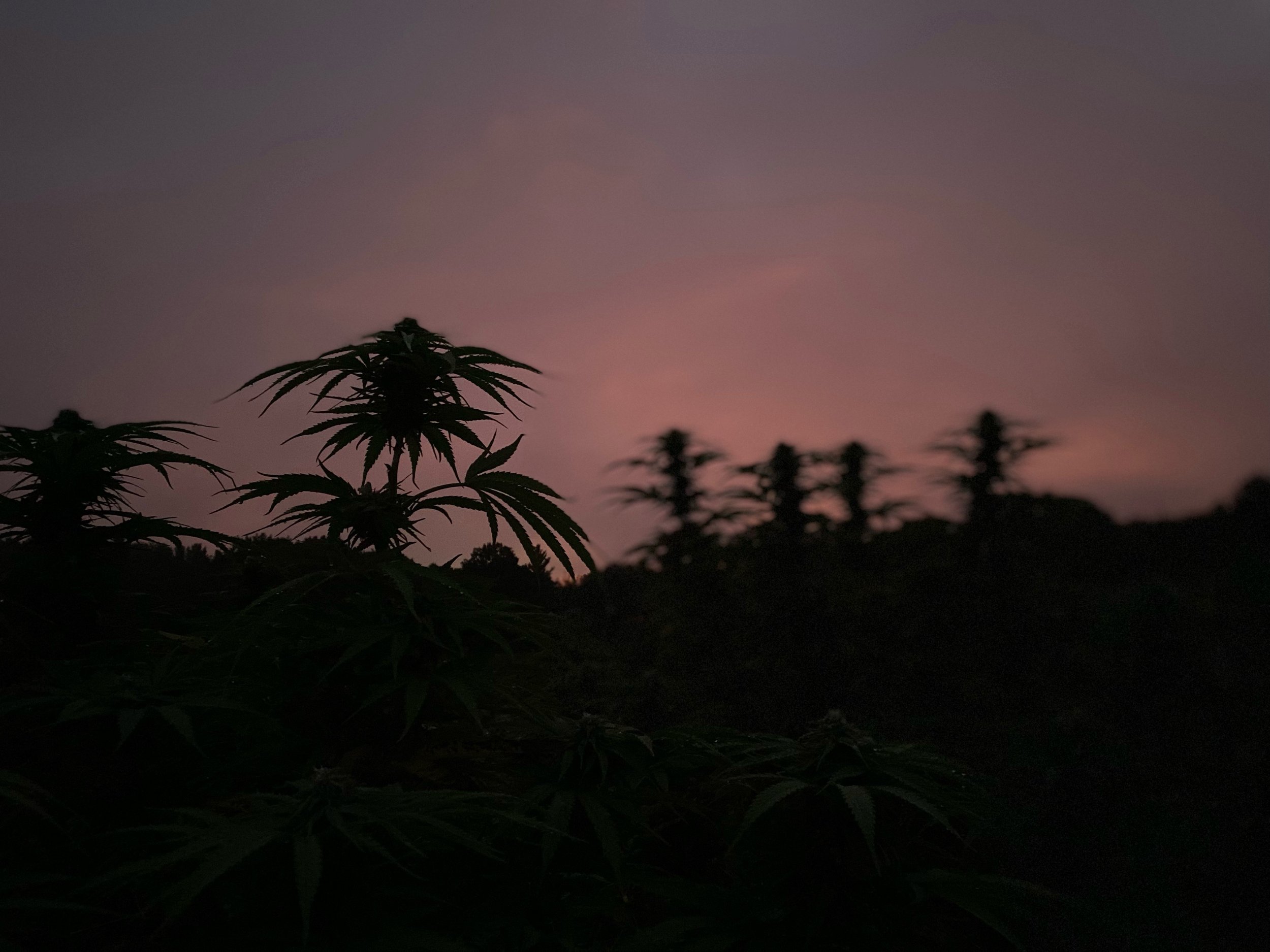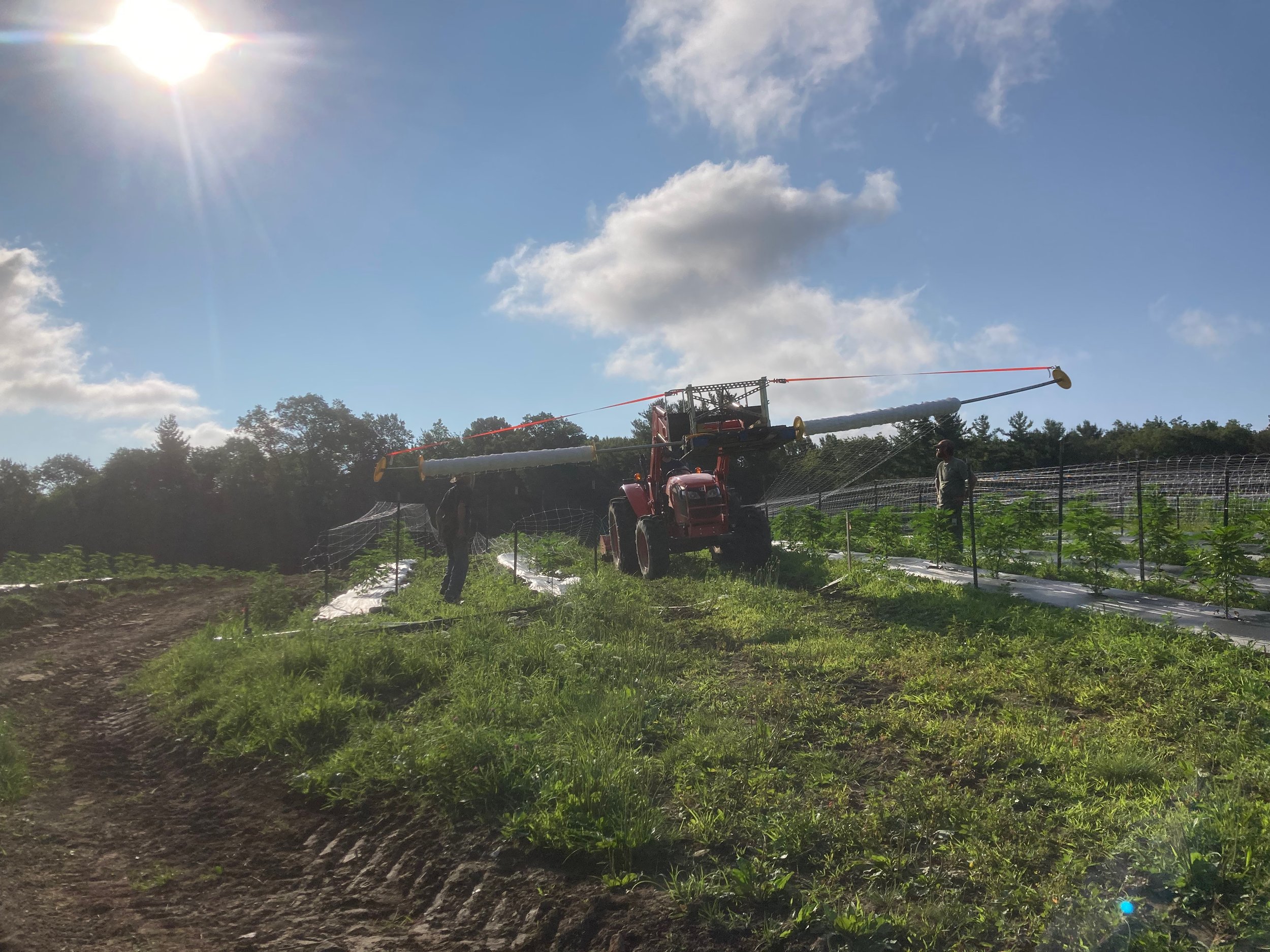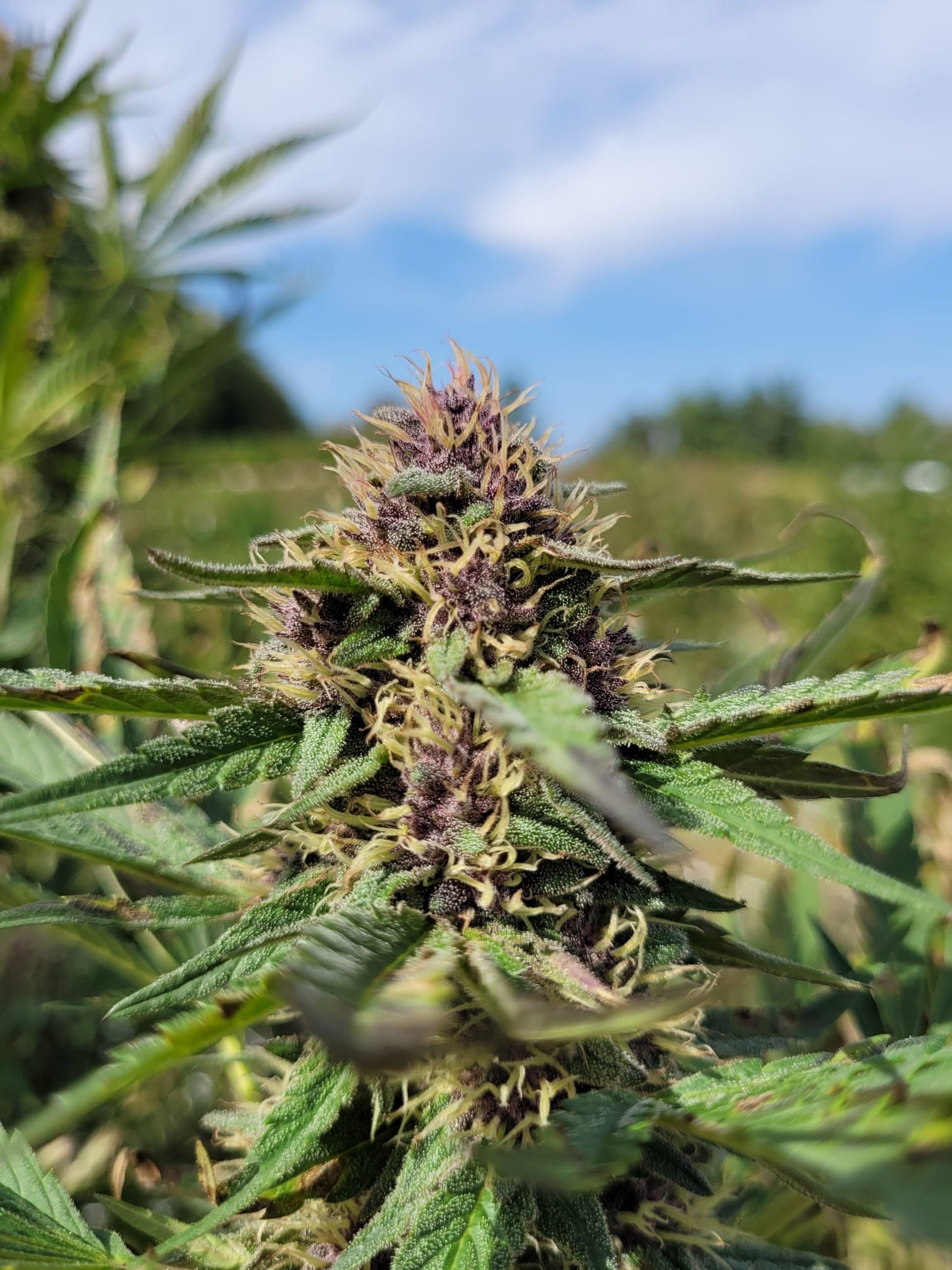Blog about it…
Pre-Season thoughts. April, 2023
As we emerge from the shoulder season and into early spring, its’ time to walk to fields and look at how our cover crop is doing. In the fall we seeded winter rye and field pea. Cover cropping is an essential part of a responsible stewardship as it helps keep soil stable through the winter, and significantly limits wind and water erosion. With the hard freeze behind us, it’s time to grab soil samples and connect with our Agronomist to discuss this spring’s soil conditioning thru organic inputs and compost application. Hoping for a dry year, but looks like an El Nino Southern Oscillation is brewin”…uh oh.
Breaking new ground. Early May, 2023
This year we are expanding our fields to fill out our nearly 3 acre space. We are currently licensed for 90,000 square feet and intend to farm every square inch of it. We are starting with a triple bottom plow as the first step in preparing the growing space. Next, we’;;l use a sub-soil to break-up the hard-pan and to knock loose big rock. After we’ve done that, we’ll run a heavt disc over this ground to break it up in pre-peration for compost and fertilizer.
Sowing our Crop. Early June, 2023
All of our plants are grown from seed and each cultivar has been carefully selected, for disease resistance, structure, yield, and vigor. We have over 20 cultivars that are a mix of Sativa, Indica, Hybrid 50/50, Indica leaning Hybrid, and Sativa leaning Hybrid. In addition to varying the species types, we are selecting for terpene profile and variations in the ratios between major cannabinoids like THC & CBD, CBG, etc.
Time to Transplant. July 2023
This season has been the a classic Berkshire spingtime with wildly swinging weather patterns with a mix of calm, outrageous downpours, and picturesque sunshine. We got the bulk of our primary cultivation done at the end of June, and our raised beds installed with only one trip to the welder (we still have lots of big rocks hiding around here). We put in over 4,700 plants in our little 90K sq. ft. farm in just over two weeks. Not bad for our little crew.
Plant Care. Late July, 2023
Once transplanted, we can breath easy for a week and look out for signs of transplant shock, early pest problems, and general plant suffering. When we put the plants in the ground, we give them a drench of fish fertilizer & michorizae to help with root growth and to ease the transition into the earth. Between the rows this year, we are going to run some trials of in-row cover cropping, and experiment with different levels of “field maintenance”. In some cases we’ll just mow the weeds that come up, in other areas we’ll do nothing and compare the yields. No de-foliation is planned on a large scale, although we may do skirting to help with airflow.
Trellising & Supporting the Rapid Growth. Early August, 2023
Building farm rigs to make work easy, and there is no break in innovation and experimentation when it comes to farming — no matter what year your project is in. This rig we developed will dramatically increase the speed at which our trellis netting is deployed, and decrease the labor. We can spend more time spreading out the plant into the net, allowing the plant to develop more main leaders and therefore increase the yield per square foot. Trellis is mainly used to prevent wind damage from these rapidly growing plants.
“In Flower”. Late August, 2023
The days are getting shorter and we’re starting to see buds! Once the first pistils start to show, the growth of flowers increases exponentially as the vegetative growth has slowed, and the plant now moves into its reproductive stage. We have a mix of regular seeds and feminized seed here, so one of our main jobs now is to scout for rogue males and plants expressing intersex traits which can lead to pollination, and unwanted seed load. In addition to this, we start to hunt for any sings of blight, insect damage and carefully scout-out nutrient deficiencies.
The Home Stretch. Early September, 2023
As buds start to stack up and fatten, we continue scouting for blight issues that can affect yield. This time of year we are still pumping lots of organics through our fertigation system to feed the plants lots of Potassium, Phosphorus and other essential micronutrients. We’ll be adding lots of silica to help with disease resistance and over-all bud density. This year we’ve had a ton of rain, but not much botrytis or PM, which is a testament to our robust genetics. Only a couple weeks before we start pulling down some of the early finishers.
Harvest Begins. Mid September, 2023
Time to chop ‘em down. Despite all of the crazy weather this season early on, the weather actually mellowed out in the last few weeks and that has netted us some impressive buds and giant plants — some 10 footers in our Blue Dream field. Harvest in general will take a few weeks and we are simply going cultivar by cultivar pulling plants down as they finish. We aim for a slight amber color in our trichomes Excited to get this done!
Proper Drying & Curing. Early Oct. 2023
After harvest, it’s only half over. Now that the harvest is in, it’s time for the other important part. The biggest challenge in farming at this scale is cramming all 4,700 plants into our dry spaces efficiently and starting the dry process. A slow dry is essential to a quality smoke, and you absolutely need to keep your environmental tight at 60F and 60RH. This ensures that all of the chlorophyll breaks down, and that the tepenes don’t off-gas and evaporate. Essentially, we’ll hang these for about two weeks and then break down the plants into containers with just the branch (helps plant cure more evenly and there is less damage to the trichomes in post harvest handling) This step usually can last anywhere from 30 days to 3 months. The longer the better in my opinion.








